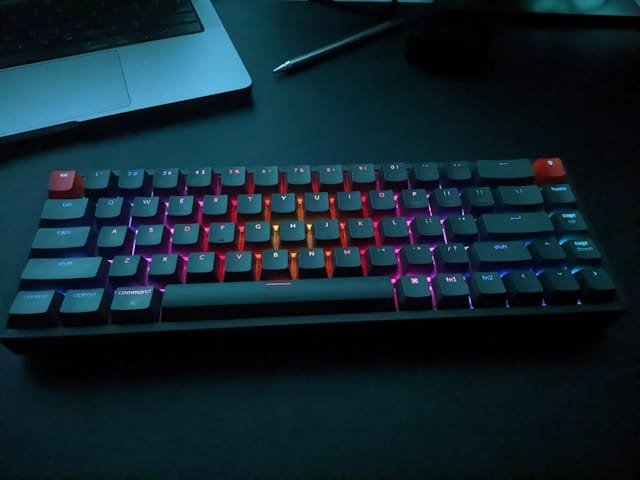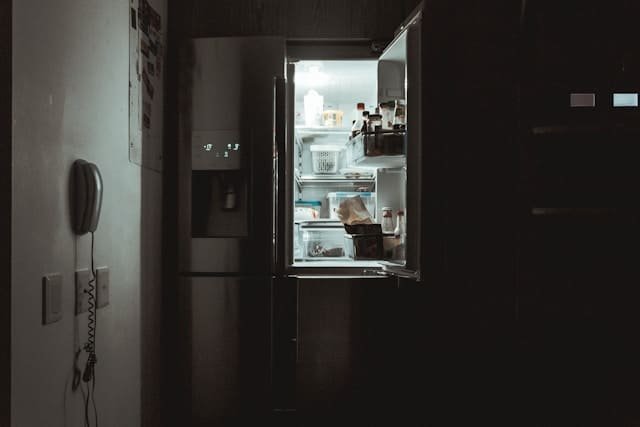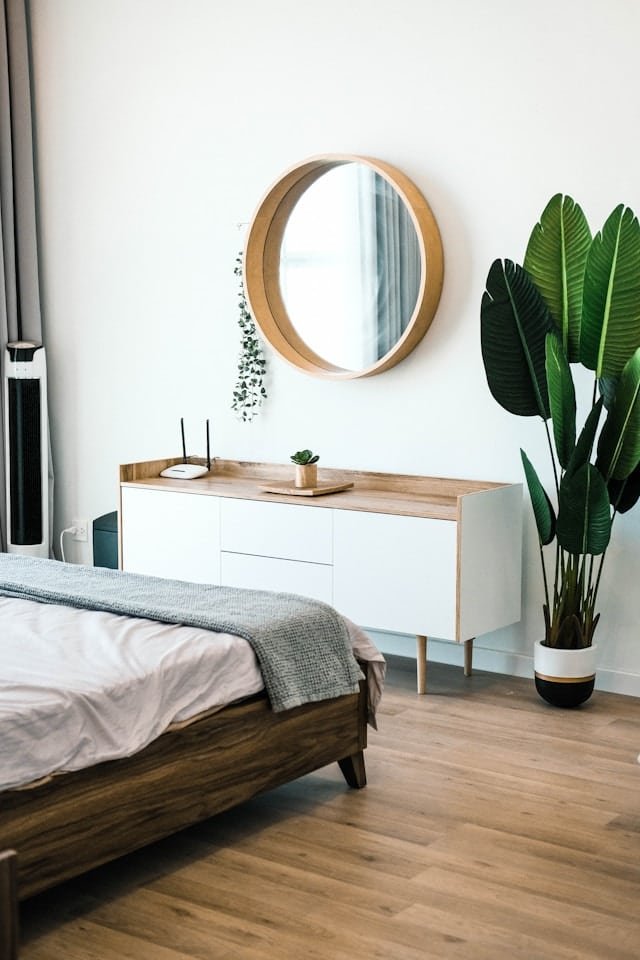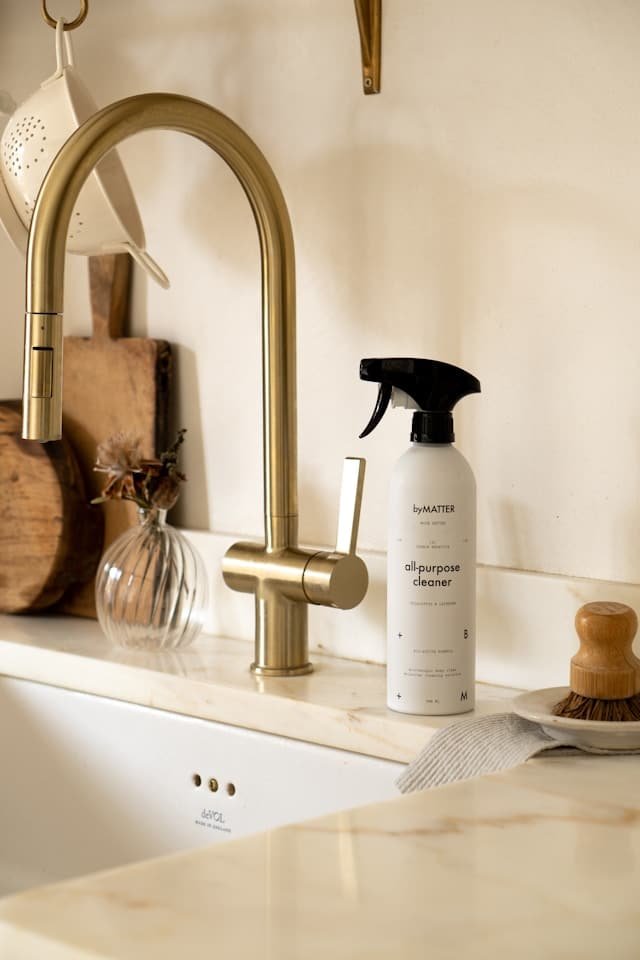25 Really Gross Things to Clean in Your House That Are Secretly Spreading Germs

Your home might look neat and tidy, but germs often hide in the most unexpected places.
While most people remember to mop floors and wipe countertops, there are plenty of overlooked spots and things that quietly collect bacteria every single day.
From the phone you press against your face to the keys you toss on the counter, these small but high-touch items are some of the most filthy things to clean in the house.
The problem is they rarely make it onto the regular cleaning checklist.
Ignoring them doesn’t just look messy; it can also spread unwanted germs around your family and pets.
Thankfully, giving these everyday objects a quick wipe or rinse takes only a few minutes.
This post may contain affiliate links!
Let’s uncover the 25 surprisingly gross items in your home that need a little more attention if you want a cleaner, healthier space.
25 Really Gross Things to Clean in Your House
1. Cell Phones
Your phone goes everywhere with you, from the kitchen to your bag to the bathroom.
All that travel makes it one of the dirtiest items in your home, often carrying more bacteria than a toilet seat.
Since you touch it countless times a day, those germs easily transfer to your hands and face.
The fix is simple is to wipe your screen daily with a microfiber cloth and a 70% alcohol solution to keep it clean and safe.
2. Remote Controls
Many hands grab the remote control every day, whether it is kids, guests, or you while snacking on the couch.
All that handling quickly turns it into a germ hotspot. Crumbs and sticky fingerprints also make it look grimy.
To keep it fresh, wipe it down with a disinfecting cloth and use a cotton swab to clean around the buttons where dirt loves to hide.
3. Switch Boards
It is easy to overlook switchboards when cleaning, but they are touched dozens of times a day by everyone in the house.
That constant contact makes them a magnet for germs and fingerprints.
A simple habit works best here; spray a little cleaner/disinfectant on a soft cloth and give the switches a quick wipe.
Just make sure that all switches are turned off and you don’t use them for several hours.
It takes seconds and keeps this high-touch spot looking clean and staying safer.
4. Door Knobs & Handles
Every time someone enters a room, the doorknob or handle takes the hit.
From messy hands after cooking to kids rushing in from outside, these spots collect layers of germs you cannot see.
The easiest way to tackle them is with a quick spritz of an alcohol-based cleaner followed by a wipe.
Doing this once or twice a week keeps those high-touch areas clean and reduces the spread of bacteria.
5. Keys & Keychains
Your keys go from your hands to your pockets to the bottom of your bag, picking up plenty of dirt along the way.
Since they are handled multiple times a day, they quickly turn into little grime magnets.
To freshen them up, drop metal keys into a bowl of warm, soapy water for a few minutes, then dry thoroughly. (Also, dip them in a sanitizer for a couple of seconds and clean them thoroughly)
For decorative keychains, a quick wipe with sanitizer works just as well.
6. Computer and Laptop Keyboards
If you have ever eaten near your keyboard, you already know how many crumbs and bits of dust get trapped between the keys.
What you cannot see are the layers of bacteria that also build up with daily use.
To clean it, turn the keyboard upside down and gently shake out loose debris.
A burst of compressed air helps reach the tight spaces, and finishing with a disinfectant cloth keeps it fresh and ready to use.
7. Computer Mouse
Your computer mouse is one of those items you barely think about, yet you touch it constantly while working or browsing.
Over time, natural hand oils, dust, and everyday grime build up, especially around the buttons and the scroll wheel.
To keep it clean, wipe it down with an alcohol pad or disinfecting cloth, paying extra attention to those small crevices where dirt hides.
8. Headphones and Earbuds
With regular use, headphones and earbuds collect sweat, earwax, and dust, which makes them less hygienic over time.
Remove the silicone tips and wash them in warm soapy water, then let them dry fully before reattaching.
Wipe the cords and outer surfaces with a little alcohol to keep them fresh and safe to use.
9. Game Controllers
Game controllers get a serious workout and are often shared, making them a breeding ground for germs.
Snack crumbs, greasy fingers, and constant button pressing leave behind dirt and bacteria.
To clean them, wipe the surface with a disinfectant cloth and use a cotton swab or toothpick to get into the tight spaces around the buttons and triggers.
10. Refrigerator Handles
When you are cooking or grabbing a quick snack, your hands often go straight to the fridge handle without a second thought.
Sticky fingers and food residue build up quickly, making it one of the most touched and dirtiest spots in the kitchen.
Keep it looking clean by wiping with a simple vinegar and water solution that cuts through fingerprints and leaves the surface streak-free.
11. Microwave Buttons and Handles
Greasy or food-covered hands often leave smudges and germs on the microwave handle and buttons.
A quick wipe with a cloth dipped in mild dish soap and warm water is all it takes to keep them clean and safe to use.
12. Coffee Maker
A coffee maker is the perfect place for mold and bacteria to thrive because it stays warm and moist, yet it rarely gets a deep clean.
Over time, this can affect both the taste of your coffee and the hygiene of the machine.
To freshen it up, fill the reservoir with a mix of vinegar and water and run a full brew cycle.
Then run two cycles with clean fresh water to rinse away any vinegar smell. Doing this once a month keeps your morning brew safe and delicious.
13. Dish Sponge
It might surprise you, but your dish sponge is often the dirtiest item in the entire kitchen.
All that leftover food, soap, and moisture make it the perfect home for bacteria.
Instead of spreading germs while you clean, pop a damp sponge in the microwave for one minute to sanitize it.
Or, play it safe and replace it weekly for a truly fresh start.
14. Reusable Water Bottles
Your water bottle may look clean, but bacteria love to hide in the lids and straws.
To keep it safe, scrub the inside with a bottle brush, and use a little baking soda paste for a deeper clean.
Rinse well, and let it dry completely before the next use.
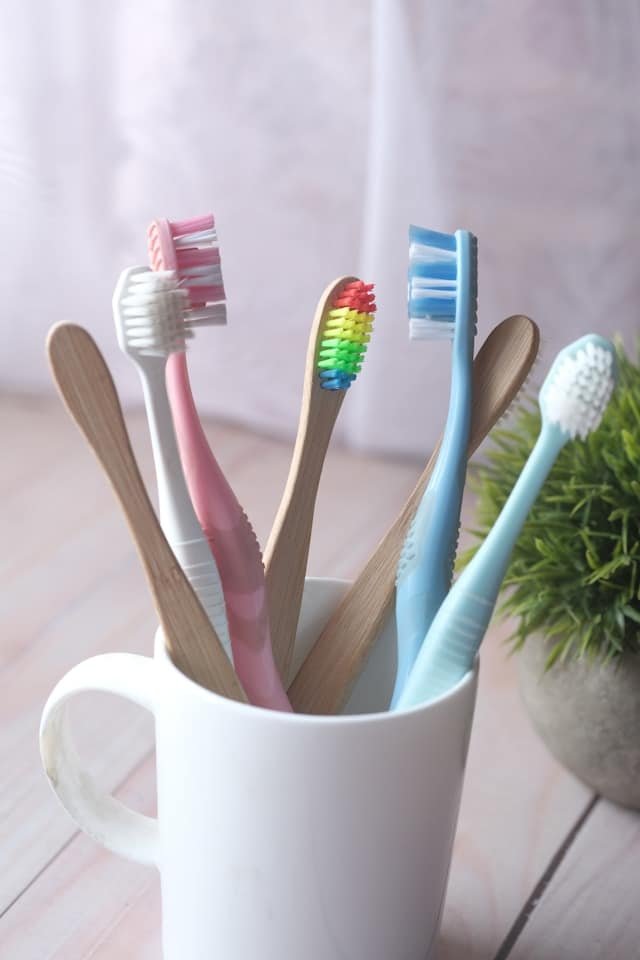
15. Toothbrush Holders
That little toothbrush holder is often worse than the bathroom sink.
It collects water, toothpaste drips, and bacteria without anyone noticing.
Once a week, give it a soak in hot soapy water or simply pop it in the dishwasher for a no-fuss clean.
16. Bathroom Faucets
Bathroom faucets get touched every single time you wash up, brush your teeth, or clean.
That means they’re constantly coated in soap scum, water spots, toothpaste splatters, and germs from dirty hands.
To keep them fresh, spray a vinegar-and-water solution on a soft cloth and polish the handles and spout.
For a deeper shine, a quick buff with a microfiber cloth makes them sparkle like new.
17. Shower Curtain & Liner
That shower curtain and liner take in steam, soap residue, and constant moisture, which makes it the perfect home for mold and mildew.
Instead of replacing it too often, just toss it in the washing machine with a little baking soda and vinegar.
Hang it back up to dry, and it will look and smell fresh again.
18. Hairbrushes and Combs
Over time, hairbrushes collect loose strands, oils, dust, and leftover styling products that can make your hair greasy again.
Start by removing trapped hair, then soak the brush or comb in warm water mixed with a few drops of shampoo.
Give it a gentle scrub, rinse well, and let it air dry.
19. Pet Bowls and Toys
Your pet’s bowls and chew toys may look harmless, but they’re often loaded with saliva, food residue, and bacteria.
Wash food and water bowls daily with hot, soapy water or run them through the dishwasher.
For toys, especially rubber or plastic ones, a quick soak in vinegar-water keeps them safe for playtime.
20. Laundry Baskets and Hampers
Laundry baskets don’t just hold clothes; they also trap sweat, dirt, and bacteria from worn fabrics.
Keep them clean by spraying the inside with disinfectant and letting them dry in sunlight.
If you use a fabric hamper, wash the liner every couple of weeks.
21. Bed Pillows
Pillows quietly absorb sweat, body oils, and dust mites while you sleep, making them a hidden hygiene issue.
To freshen them up, wash in hot water (check the care label first) and add baking soda for odor control.
Dry them completely in the sun or in the dryer with clean tennis balls to keep them fluffy.
If you’re not familiar with the tennis ball hack, here’s how it works: when pillows go into the dryer, the filling can clump together as it dries.
Toss in clean tennis balls (or dryer balls) inside socks so they bounce around, break up clumps, and help the pillow dry evenly and stay fluffy.
22. Reusable Shopping Bags
Reusable bags carry more than groceries because they collect germs from carts, car trunks, and countertops.
Wash cloth bags in the washing machine, and wipe plastic or insulated ones with a disinfectant cloth after use.
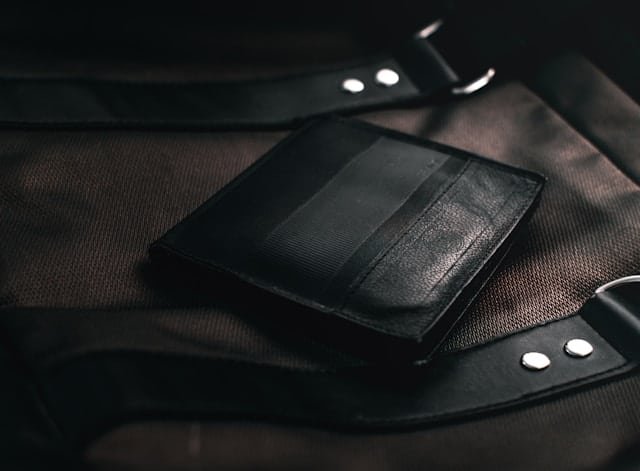
23. Handbags and Wallets
Handbags and wallets go everywhere with you so they gather bacteria from floors, counters, and shopping carts.
Clean leather with a damp cloth and mild soap, and sanitize handles, zippers, and cards regularly with disinfectant wipes.
24. Shoe Racks
Shoe racks may look organized, but they quietly collect dust, dirt, and bacteria from your footwear.
Each time you move shoes, those germs spread to the rack and nearby floor.
Wipe the surfaces with a disinfectant spray and vacuum or mop underneath once a week.
For wooden racks, use a gentle vinegar-water mix to avoid damage.
25. Dustbin Lids
Trash cans get emptied often, but their lids are usually forgotten.
Each time you push, lift, or step on them, bacteria and food residue transfer onto the surface.
Add in spills and splashes, and the lid becomes one of the dirtiest places in the home.
To control germs and odors, scrub lids with hot soapy water or use a disinfectant spray several times a week.
For a deeper clean, take the lid off and rinse it outdoors with a hose.
Final Thoughts
Keeping a clean home is about more than just shining floors and tidy countertops.
The real secret is paying attention to the small, high-touch items that quietly collect dirt and bacteria every day.
By making it a habit to wipe down, rinse, or sanitize these overlooked spots, you can create a healthier and safer space for your family and pets.
The best part is that most of these tasks only take a few minutes, yet they make a big difference.
A little extra care today means a cleaner, fresher home tomorrow.
Read more:
- 20 Surprisingly Easy Bathroom Cleaning Hacks That Leave No Dirt Behind
- 20+ Practical Kitchen Cleaning Hacks That Go Way Beyond the Basics
- How To Organize Your Room And Always Keep It That Way
- 15 Shockingly Simple Habits Of People Who Keep Their House Clean All The Time
- 25+ Effective Cleaning Hacks You Won’t See All Over the Internet
